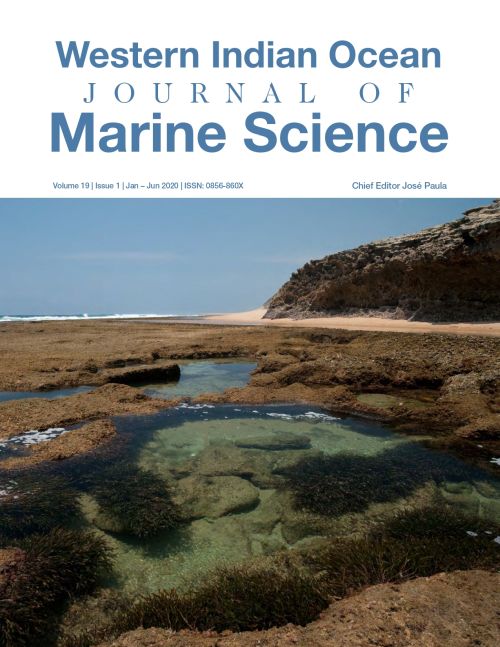Main Article Content
Leveraging integrated spatial planning for sustainable regulation of coastal tourism activities in Malindi town, Kenya
Abstract
Unprecedented demand for both land and ocean space within the coastal zone to support tourism has continued to negatively impact the coastal marine environment leading to degradation. Poorly planned and regulated tourism activities on land and sea have led to degradation of environmentally sensitive marine areas, encroachment on public beaches, erosion of the shoreline and blockage of public access points to the beaches. These impacts transcend the land and ocean continuum necessitating the need for regulation. Spatial planning is one of the key tools that provides a pre-emptive strategic framework for regulating tourism uses so as to prevent harmful development and mitigate the impact of potentially polluting activities. However, spatial planning as applied in Kenya has focused on the regulation of physical developments on land such as the construction of hotels but not on the related tourism activities that emanate from such developments. In this case, activities that tourists engage in outside of the physical hotel structure such as swimming, leisure walks, sport fishing, souvenir collection, and snorkeling are not the subject of spatial planning leading to unsustainable use within the coastal zone. This study makes a case for adopting an integrated spatial planning approach as a lever for regulating tourism activities within this expanded lens, beyond just the buildings and activities that take place within the hotel establishments. The spatial planning approach would include a holistic regulation of coastal tourism activities within both terrestrial and marine spaces in order to attain sustainable management of the marine ecosystem.






